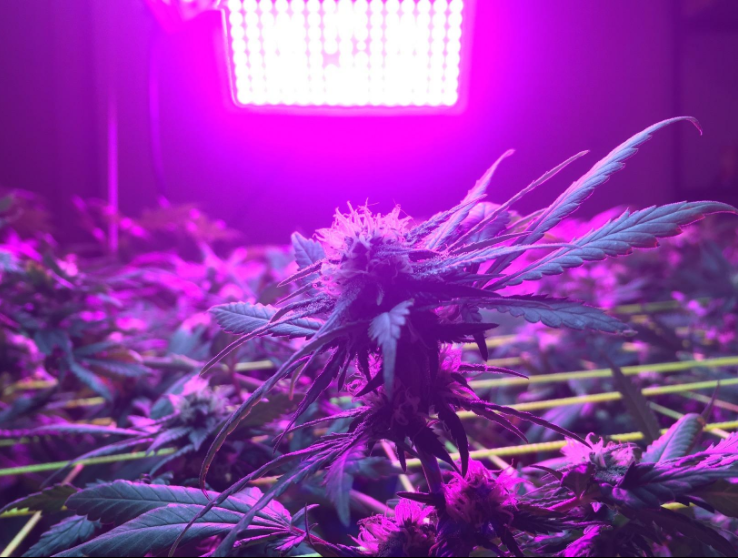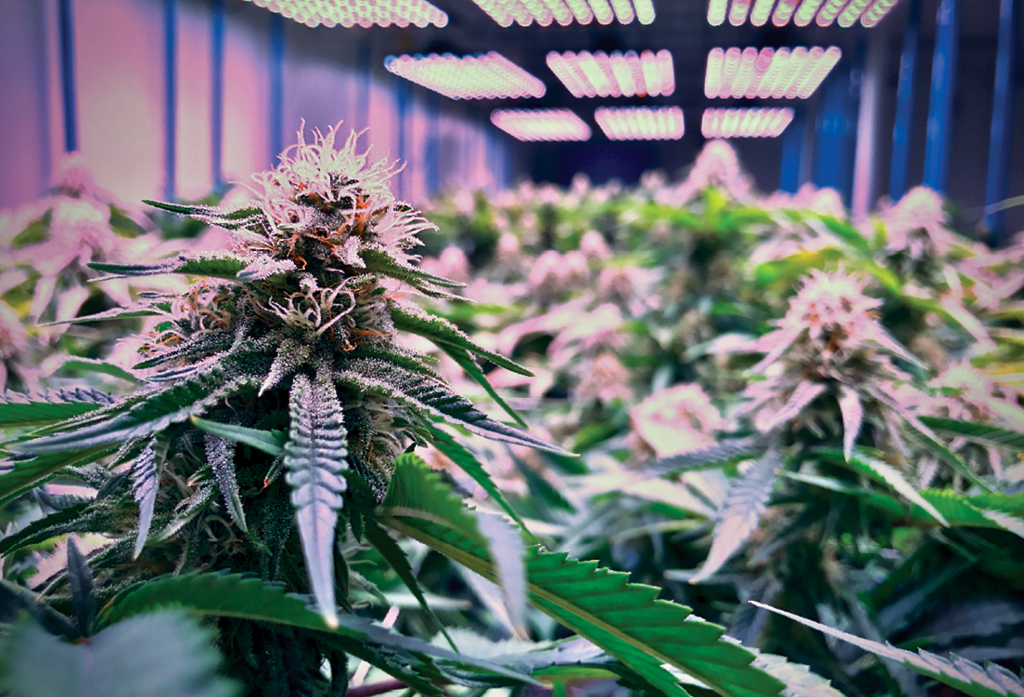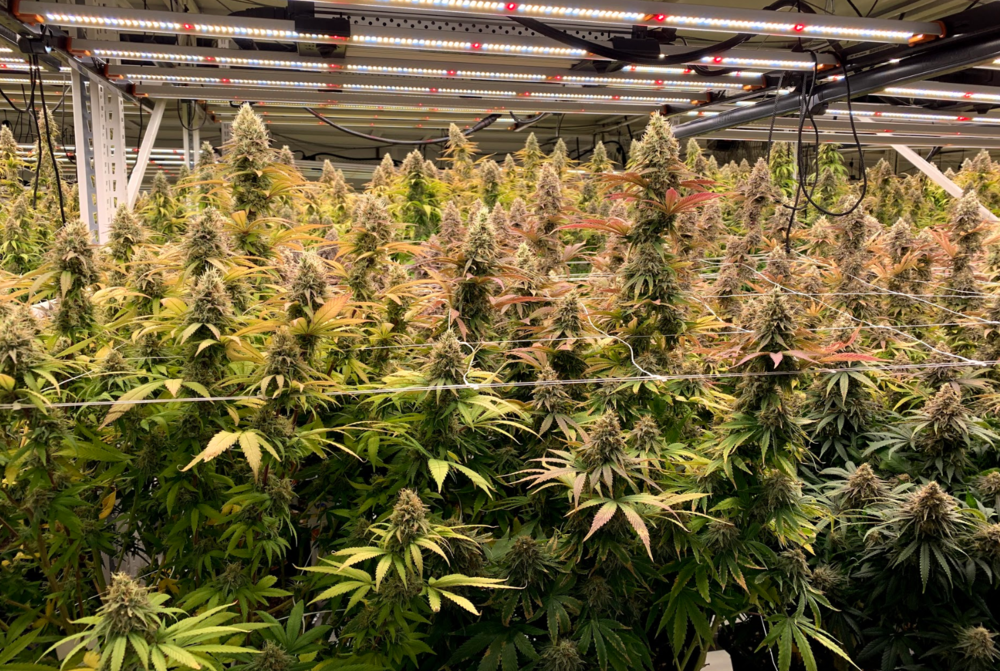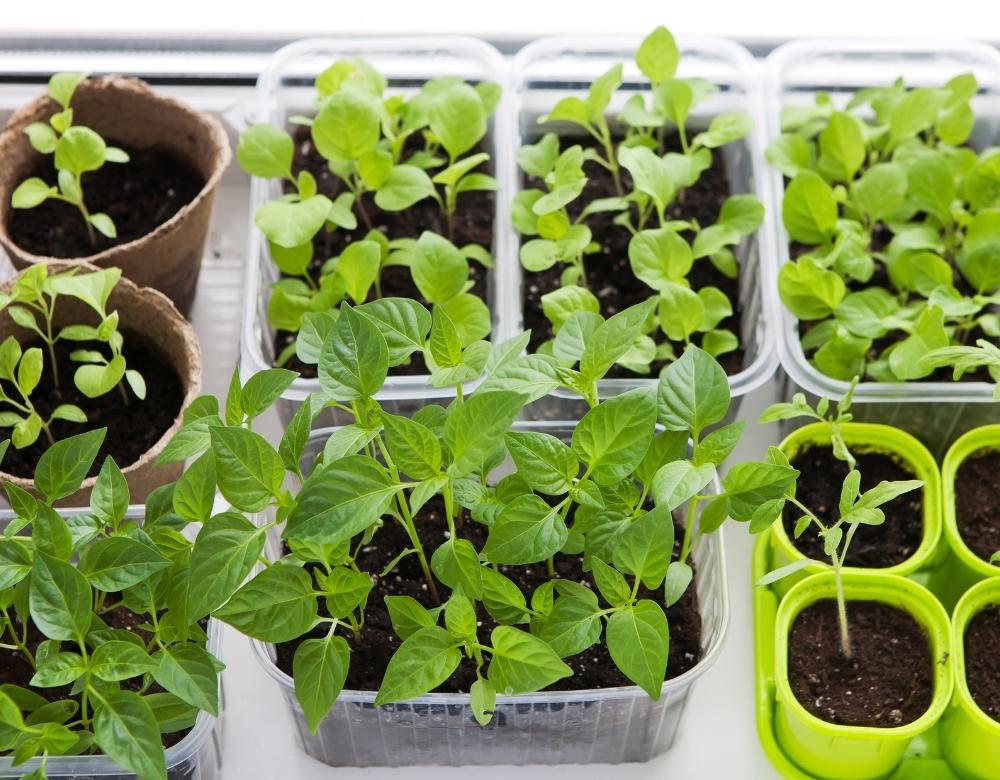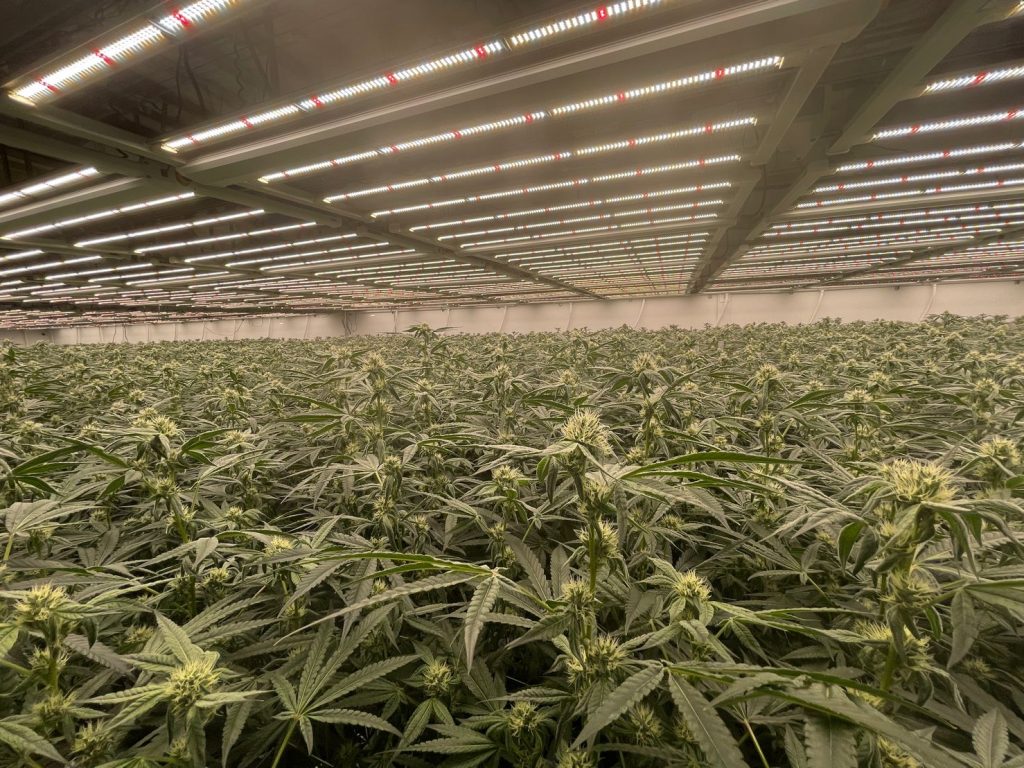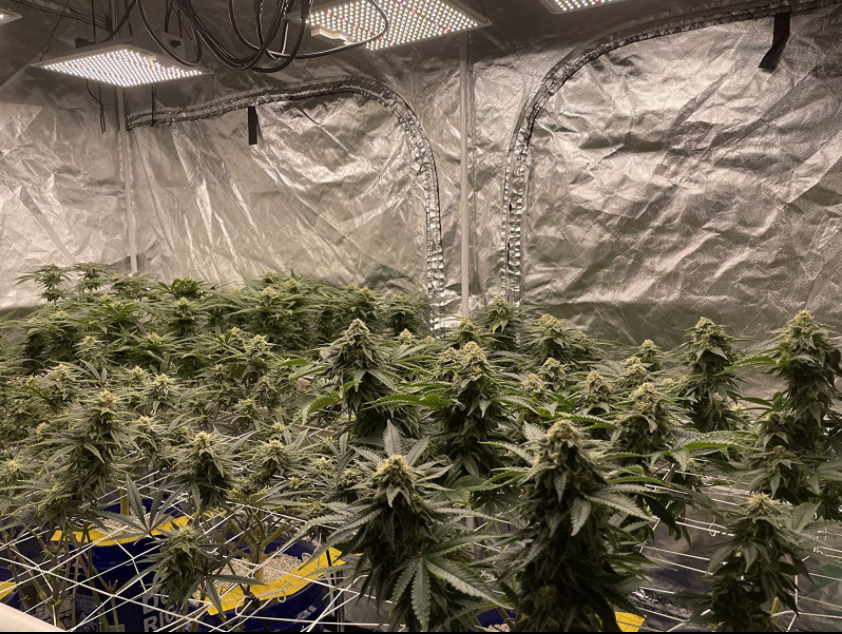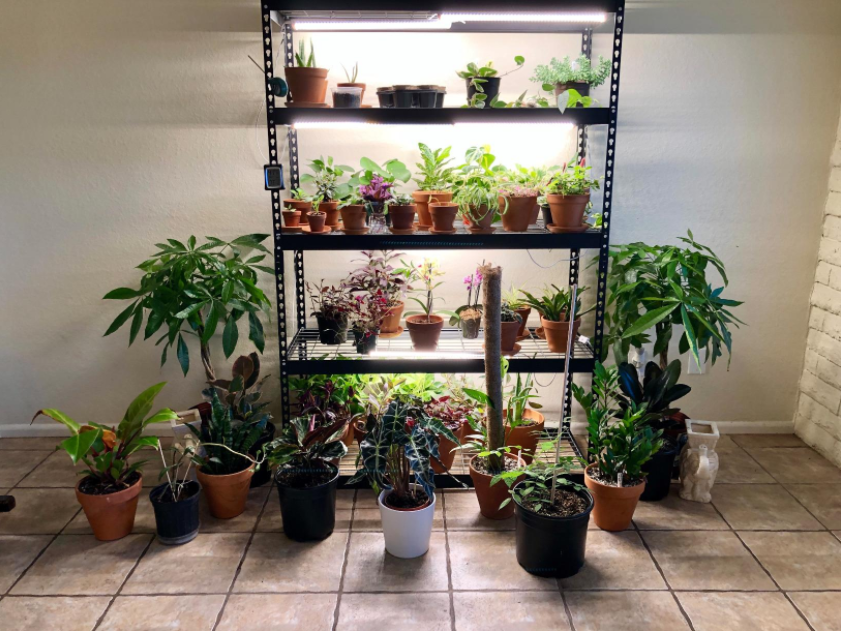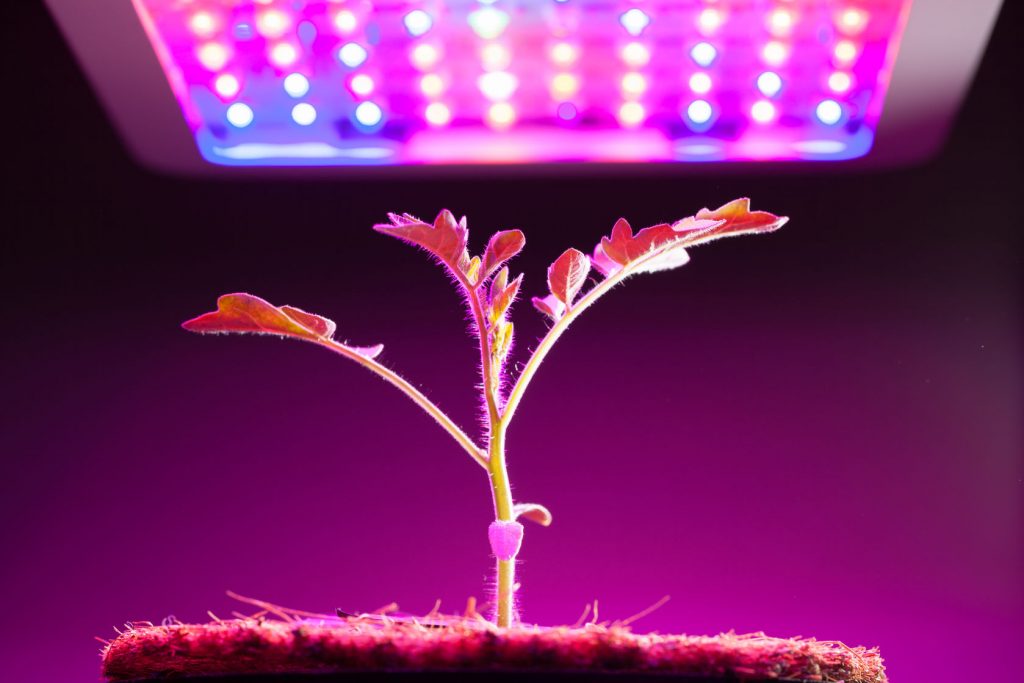How Do LED Grow Lights Work?
We know that light emitting diodes work well to grow plants, and especially to grow cannabis. But how do they work exactly and what is it that makes them so good for plants? Let’s begin by taking a look at how light emitting diode technology works in general. Then we’ll see why it works so well for indoor gardening.
How A Light-Emitting Diode Works
A light-emitting diode is a simple semiconductor that emits light when a current is sent through it. Semiconductors are generally made from material that does not conduct electricity well at all, like silicone, but with an impurity added that makes it more conductive. Adding these impurities is called “doping.”
But semiconductors are only conductive in one direction. If you reverse the current, they do not conduct electricity. That is the reason they are called semiconductors.
The reason for this is that two layers are used, each doped with a different impurity. One layer is made up of n-type material. It is called n-type, because it has a negative charge, due to an excess of electrons. Phosphorus or arsenic are commonly used, because each has 5 electrons, which leaves one free when added to the silicone with its 4 electrons. The other material is called p-type, due to a positive charge from a lack of electrons. Boron or gallium are commonly used, because they only have three electrons. When added to the silicone, the lack of a 4th electron creates a hole.
When you place an n-type material and a p-type material next to each other, you create the potential for the free electrons in the n-type material to fill the holes in the p-type material. This happens in the zone where the two meet, called the depletion zone.
But it only happens if you apply a positive charge to the p-type material and a negative charge to the n-type material. The positive charge repels the positive particles and sends them toward the middle (the depletion zone, where the two materials meet) to interact with the negative particles in the n-type side which are also sent toward the middle because they are repelled by the negative charge.
When the electrons combine with the electron holes, they release energy in the form of photons. This creates light. The color the light takes is determined by how much energy is needed for the electrons to cross the gap (the depletion zone) in the semiconductor.
How Does LED Light Work As A Grow Light?
One of these semiconductor diodes is fairly weak, but if you combine many of them, you can get a very bright point of light, like the LED chips used in grow lights. Even the smallest ones are quite powerful and the larger ones, like COB LEDs, are incredibly bright.
Because an LED fixture is made up of multiple larger diodes, and each diode is in turn made up of many small points of light, you have the flexibility to combine many different colors of light in the same fixture. This is a unique advantage of LED grow lights and it allows you to achieve the exact mix of colors that plants need.
As you can imagine, the difference this makes is huge.

